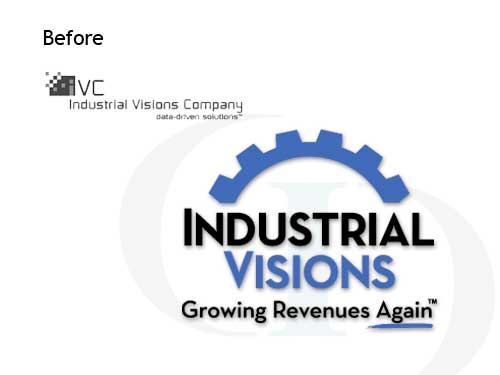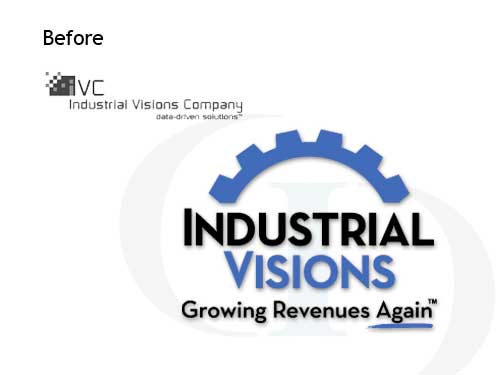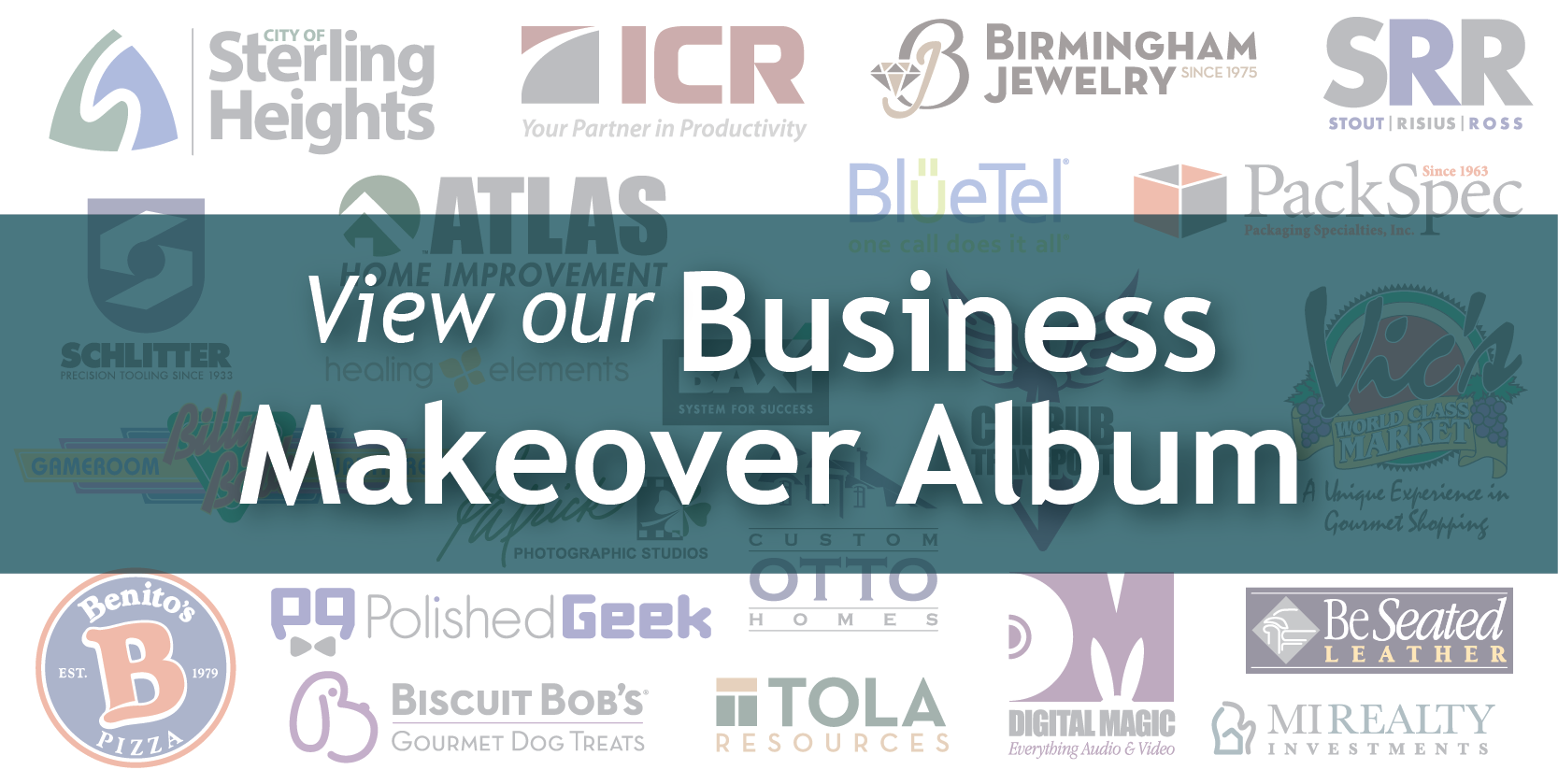By: Gary M. Giallonardo,
President, Industrial Visions Company
8-3-10
Strategic Business Development for Long-Term Stability
Family businesses have always been at the head of the table, feeding the American economy and sustaining our nation’s growth. According to a study by Astrachan and Shanker (2003), nearly 90 percent of all U.S. firms are family-owned and operated, accounting for 64 percent of our gross domestic product and employing over half of the U.S. workforce. Family-run enterprises play a leading role in sustaining our country’s innovation, wealth creation and employment. Yet the long-term survival rates for these kindred businesses are abysmal.
Widely referenced statistics show that only one-third of family businesses survive through the second generation. More than 85 percent flatline before reaching the fourth generation.
So why the grave mortality rates, especially when a multitude of trusted advisors — CPAs, lawyers, insurance agents and financial planners — offer succession planning services? A significant reason is that these experts only address part of the solution.
Internal Focus Only Part of Solution
Succession planning advisors typically focus on three main areas for long-term sustainability — the continuation of: 1) management, 2) ownership, and 3) wealth. Management operates the day-to-day business and may be entrusted to one or more family members. Ownership may be shared by multiple family members whether or not they are active in the business. The third component emphasizes strategies to minimize taxes upon transfer of the business, often due to death or retirement.
While essential to any business succession plan, these three areas primarily focus on preserving the internal workings of the family business. However, no company exists in a bubble devoid of outside influencers like customers and competitors. Since these influencers’ needs and solutions are always changing, the family business can’t survive on perpetuating a previous generation’s offerings. Instead, it must constantly compare and adapt to fluctuations in the outside world in order to stay competitive and relevant. A company’s capabilities and solutions must evolve with the ever-changing marketplace.
The Vital External Ingredient
To keep pace with the marketplace and sustain viability, the family business must look outward. The process used to maintain market relevance through an external focus is business development.
Family businesses need a systematic process of ongoing business development — investments in learning, comparing and adapting — to grow and thrive in an ever-changing marketplace.
Business development centers on growing a company on the basis of what it could or should be, instead of what it has been and how to preserve it. It’s about being proactive. And it’s based on a culture of continuously learning from the outside, comparing the company to others, and adapting to maintain a competitive advantage. The business developer manages the process based on product and market diversification goals, research, strategy development, resource allocation, and implementation to achieve desired results.
Business development should be a continual process to gauge a company’s place within its universe of constantly fluctuating outside influencers, including customers, prospects, specifiers, competitors, suppliers and other stakeholders. This process must be daily and never-ending, and should not be relegated to the occasional strategic planning session.
The Total Succession Planning Solution must incorporate both an internal focus on transferring company ownership and wealth, and an external focus on sustaining market relevance and revenue generation through business development. Without an external focus, the internal efforts are moot. Because without revenues, there is no business. There is no ownership or management to inherit and no wealth to transfer to subsequent generations.
Revenue Generation for Sustenance
To better understand the critical role business development serves in a perpetually fluctuating marketplace, let’s look at an analogy. Think of any business as a person — a living, breathing entity. Revenues are the food needed to sustain it.
There is a fundamental problem when it comes to finding food (revenues). People (businesses) are often creatures of habit and prefer doing the same thing to find their daily food. But the food supply is dynamic.
Always returning to the same hunting ground or farm field may prove futile. For the food might move in order to find its own food, or if it can’t move, it might die from lack of nourishment or disease. Plus others (competitors) might start poaching the food, thereby reducing one’s portion of the take.
Using yesterday’s methods for finding today’s food will be in vain with an ever-changing food supply. Therefore, it’s important to rely on multiple types of food (revenues) in multiple fields (markets). Building a diversified portfolio of customers and markets makes the business less vulnerable to negative changes from any single customer or market.
Maintaining market relevance and revenue generation is vital for long-term sustainability.
Revenue generation is vital to the long-term survival of any business, because it’s the main nutrient feeding the business. Without an ongoing process to ensure a stable food supply in an ever-changing marketplace, the family business will be unable to fund and sustain internal operations and future innovations. This will eventually lead to the loss of relevance, revenues, profitability, and possibly even the business.
Adapt or Perish
There are numerous real-world examples of family businesses failing to develop and support a systemized approach to finding the ever-changing food supply. In August 2004, the Toledo Blade ran a story on Gerity-Schultz Inc., a 74-year-old automotive zinc castings supplier. Regardless of the industry or capability, this story still rings true today.
The paper reported that the founder’s grandson “said he had no choice except to shut down after the firm’s largest customer moved its business to China.” Gerity-Schultz had been in decline for years since the auto industry started shifting to lighter-weight components made of aluminum and plastic. Now, this latest move by its largest customer of 50 years would spell disaster for this third-generation enterprise.
Revisiting the “business as a person” analogy, Gerity-Schultz built its entire hunting and gathering infrastructure on a single food in a single field. When customer and industry needs started shifting, Gerity-Schultz held tight to its competencies and offerings. This inability to adapt to fluctuating market demands undoubtedly led to the firm’s demise.
Family businesses run into problems when they start losing market position relative to competitors in niches once identified and exploited by prior generations. Over time, niches fill with competitive alternatives that lessen differentiation and drive down prices. With mounting pricing pressures, businesses start focusing resources internally to defend short-term revenues and profitability. Often this comes at the expense of longer-term, externally focused revenue-generation activities. If left unchecked, the result can be fatal.
Businesses also get into trouble when next-generation leaders step into dominant market positions with few customers and relatively benign competitors. They might enjoy steady revenues and solid profitability for a time, but complacency sets in. Their existing infrastructure of equipment, processes and thinking continues to revolve around old needs and solutions. When customers and competitors enter the market with new needs and solutions, the resulting market irrelevance can be swift, as was the case with Gerity-Schultz.
Positioning to be Picked
A fundamental business development concept that would have helped Gerity-Schultz maintain market rele-vance is positioning, which is represented in the “Inverted-T” diagram.
Positioning means that the family business must constantly assess its value relative to competitors from the top-down perspective of its customers. Ultimately, the firm wants its solution chosen as the winning alternative. This means that the family business must thoroughly understand customer needs and opportunities, plus understand its perceived value relative to the pool of competitors.
To sustain competitive advantage, the family business must continually position itself at the forefront of the customer’s perspective.
The business development process helps family businesses be proactive by continuously evaluating and re-evaluating the positioning strategy, so that the company’s solutions always stand out from competitive offerings. Each time customers or competitors enter the market with game-changing needs and solutions, the firm must differentiate itself from the field. This is why the business development process must be ongoing. New opportunities and threats are always arising.
Channeling the Entrepreneurial Spirit
Gerity-Schultz’s problem was a cumulative one. They offered the same old capability (zinc castings) to the same old customer (No. 1 customer for 50 years), in the same old industry (automotive), with the same old line of thinking (3rd generation leadership).
To remain relevant in an ever-changing marketplace, successive generations must be every bit as entrepreneurial as the first generation.
Gerity-Schultz had fallen into the same old rut that stifles many family businesses. To maintain market relevance, today’s leadership needs to embrace the entrepreneurial spirit of their ancestors. Instead, many next-generation leaders assume administrative roles, simply perpetuating the earlier generation’s way of doing business with the same old resources in equipment, inventory, processes, people or thinking.
Current leadership must be mindful of past attributes that made the family business successful, but resist the urge to rest on their laurels. They must have the foresight and wherewithal to deviate from comfort zones in order to stay constantly aligned with changing market demands. They must have the entrepreneur’s penchant for risk taking, reinvestment and reinvention.
Proactive vs. Reactive
Many family businesses are afraid or unwilling to take action. It’s often easier to be reactive, or event-driven. The leadership runs the business on autopilot, battling occasional fires as they arise. Even worse, they might do nothing, ignoring the warning signs of a business in peril and simply sticking their heads in the sand. Eventually, the result is the same, suffocation.
The family business must be proactive. Remember, the marketplace is dynamic, made up of moving targets. The business needs to chart its trajectory and then act on that knowledge to get results. It must seize new opportunities before others can capitalize on them. Even the best strategy is pointless if there is no execution.
The Driving Force for Change
Any successful business development process requires a substantial volume of research and a unique set of well-honed skills and experience to properly characterize a company and the universe in which it participates. Only then can effective strategies be created. It also involves putting measurable plans into action and then evaluating the tactics to see if they achieved the desired results. Furthermore, this arduous process of research, analysis, strategy development, implementation and evaluation must be ongoing in an ever-changing marketplace.
Although vital to long-term sustainability, the process requires more focus and dedication than most modestly sized family businesses have the in-house resources to maintain. Nor do traditional, internally focused succession planning advisors possess this expertise. This is where objective, externally focused, out-of-box thinkers devoted solely to the business development process can be a valuable asset.
Business developers are especially adept at ferreting out the ever-changing food supply and discerning market potential. They develop and implement strategies to maintain market relevance. They facilitate new distribution channels and business partnerships to increase market share. Business developers not only help stimulate, but sustain revenue generation, by helping family businesses diversify into new customers and markets.
Most importantly, business developers provide the driving force for change. They help family businesses step out of their comfort zones and view the marketplace with fresh eyes. They help them be proactive and accepting of change by combating fears of the unknown with evidence of the benefits. Business developers not only fuel and guide the process with research and planning; they roll up their shirt sleeves and help execute strategic plans for measurable results.
Reinventing an American Tradition
Like their pioneering forefathers, today’s family businesses are the lifeblood of our economy. To ensure these American icons stand the test of time, the succession planning process must engage both internal (financial and legal) and external (business development) influences, while embracing the enduring entrepreneurial spirit of risk taking and renewal. Only by preserving this American tradition can we continue to feed the family for generations to come.






